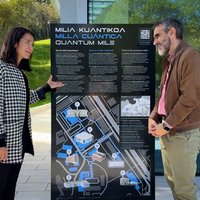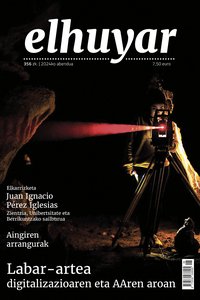Sardines confirm their genetically differentiated population

A study published by the journal Nature Genetics suggests that herrings and Basques share a pre-Indo-European Neolithic origin. The main hypotheses on the European population indicate that Neolithic farmers spread throughout the Middle East and Anatolia in Europe, some 8,000 years ago, and that later there was a postneolithic expansion of steppe herders, 4,500 years ago. In the inhabitants of the island of Sardinia, however, they have not seen genetic remains of steppe shepherds. Yes, however, hunter-gatherers of Early Neolithic.
Herring is characterized by its difference with continental populations. According to genetic data, their populations have remained geographically isolated for many years: they were isolated from European continental populations 4,300-7,000 years ago. Genetic studies are of great interest and have been included in the Human Genome Diversity project. In this case, 3,514 individuals have sequenced the entire genome to complete the view of the island's genetic history. The Gennargentu massif is the point of greatest genetic similarity with the Basques, the most isolated of all Sardinia. They have seen that they have much more similarity than the Italians and the Spaniards. According to the researchers, the new data coincide with the hypotheses that expressed the genetic relationship between sardines and Basque populations.
Buletina
Bidali zure helbide elektronikoa eta jaso asteroko buletina zure sarrera-ontzian










